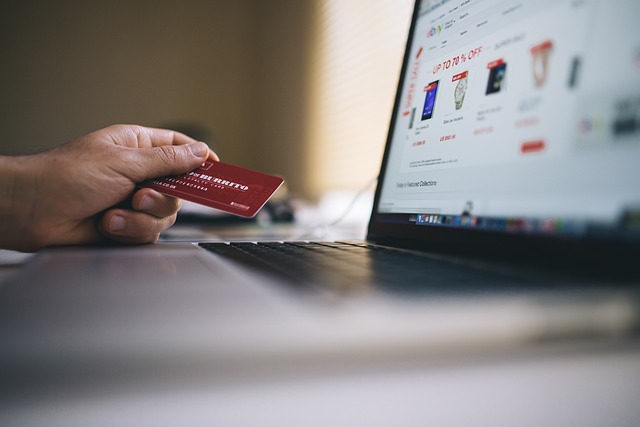The NRF and Storyblok are teaming up to boost Big Show website development, launching for the 2025 event.


The NRF and Storyblok are teaming up to boost Big Show website development, launching for the 2025 event.

Today’s EDI solutions provide enhanced visibility, tap into advanced technology, and increase resilience against disruptions, opening the door to countless benefits that ensure success in today’s complicated supply chain environment.

The holiday season often brings a surge in customer inquiries and returns, and retailers must be prepared to handle this influx. Providing responsive, efficient customer service — whether through online chat, email or in-store assistance — will enhance the overall shopping experience and reduce friction.

As cyber criminals adopt new technologies, e-commerce businesses must be aware of the top threats and their potential impact

Chargebacks, once a minor inconvenience for businesses, have evolved into a billion-dollar problem, hitting subscription-based services particularly hard.

A report by McKinsey found 60-70% of consumers participate in omnichannel shopping by using multiple channels during their shopping journey, underscoring the need for seamless transitions between them.

The booming weight loss drug market presents opportunities for manufacturers and retailers but also risks exploitation, including counterfeit and dangerous products, reminiscent of past health trends.

One of the most prominent and significant tech developments in the retail industry is the introduction of robotics. Today, not only are robots spotted in-store, but many companies are also employing robotic help for back-end processes like delivery fulfillment and storage automation.

The perfect combination of low-cost products, free and fast shipping, and personalized purchase recommendations have helped Temu to successfully replicate the meteoric growth of its sister app, Pinduoduo, in overseas markets.

There’s a lot on the line when it comes to effectively gauging POS ROI. Determining placement and investment tops the list, so knowing how much to spend and where it should go is key.